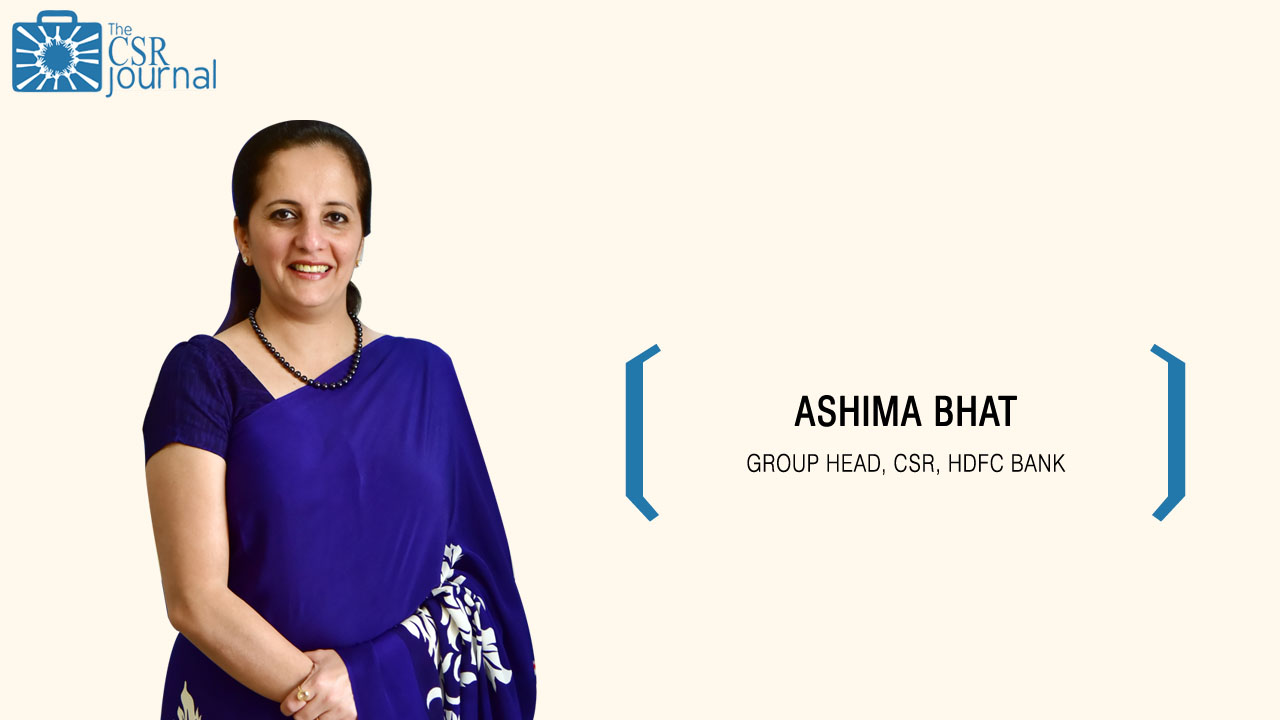Ashima Bhat, Group Head, CSR, HDFC Bank talks Impact
Related Articles
बिहार के गांवों को मिली चकाचक सड़कों से नई रफ्तार, 34 हजार किमी से ज्यादा ग्रामीण सड़कों का निर्माण पूरा
Mukhyamantri Gram Sampark Yojana: 24 हजार से ज्यादा गांवों को मिला पक्की सड़क का तोहफा
Mukhyamantri Gram Sampark Yojana: बिहार के गांव अब सिर्फ नाम...
UPSC Aspirants को जरूर पढ़नी चाहिए ये 4 किताबें, खुद आईएएस ऑफिसर संजीव जायसवाल ने बताया
UPSC की तैयारी कर रहे लाखों युवाओं के लिए ये खबर बहुत ख़ास है। MHADA के वाइस प्रेसिडेंट और CEO, IAS Sanjeev Jaiswal ने...
सरकारी बैंकों में रिकॉर्ड Loan Write-Off, सितम्बर 2025 तक ₹6.15 लाख करोड़ कर्ज कहां गया?
जवाबदेही तय किए बिना कर्ज माफी जनता के साथ धोखा
सरकारी बैंकों यानी Public Sector Banks (PSBs) में लगातार बढ़ रहे Loan Write Off ने...


